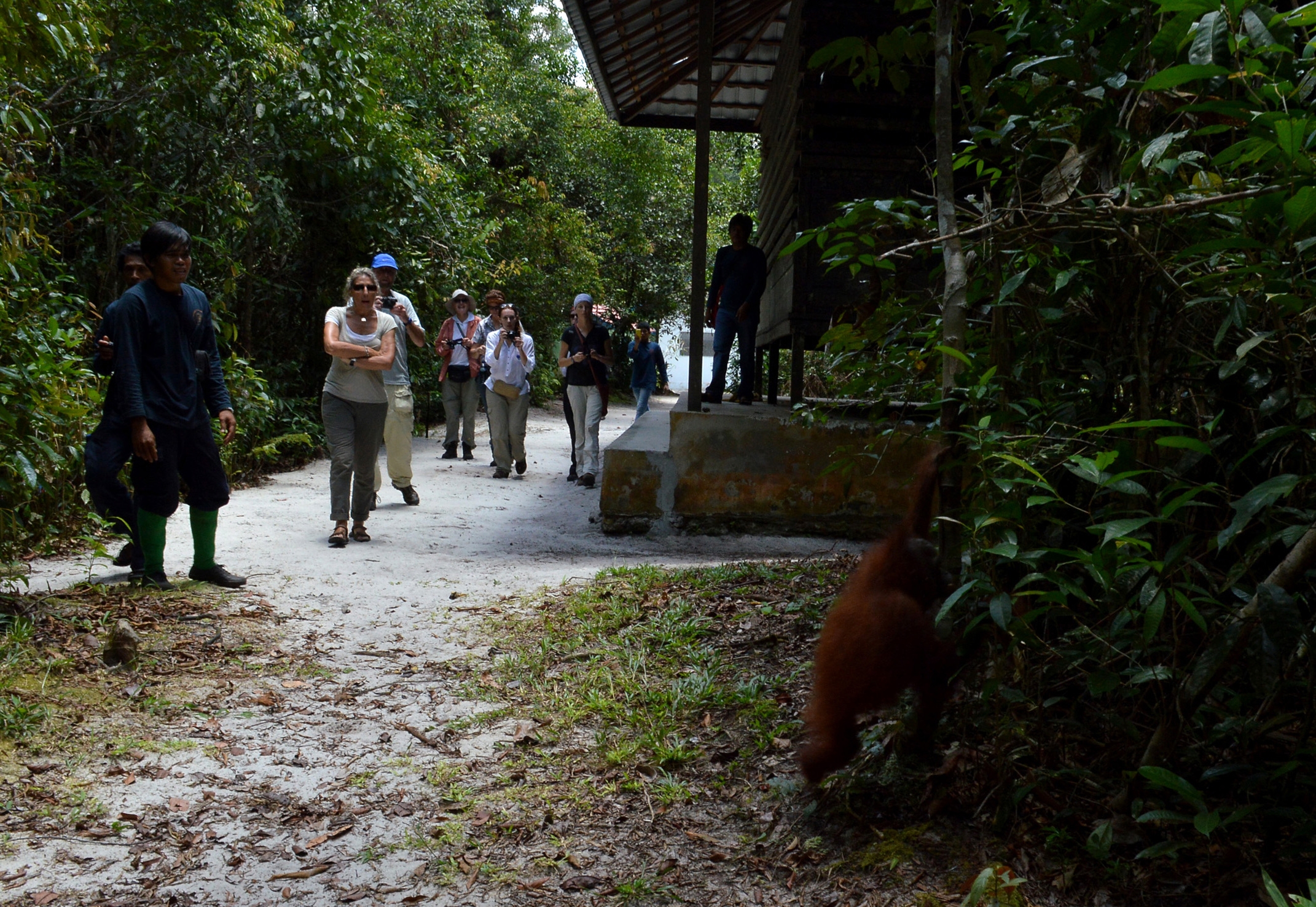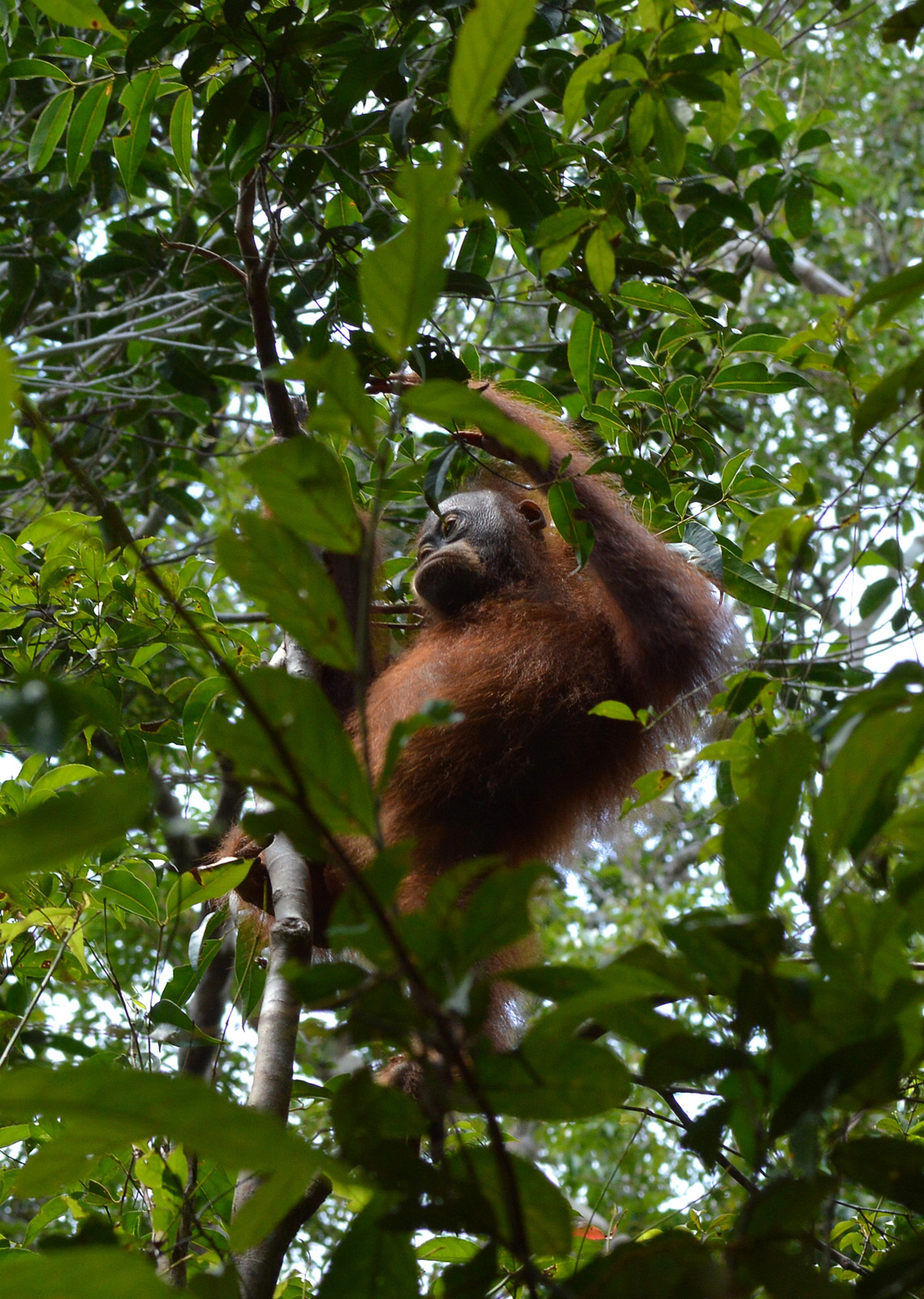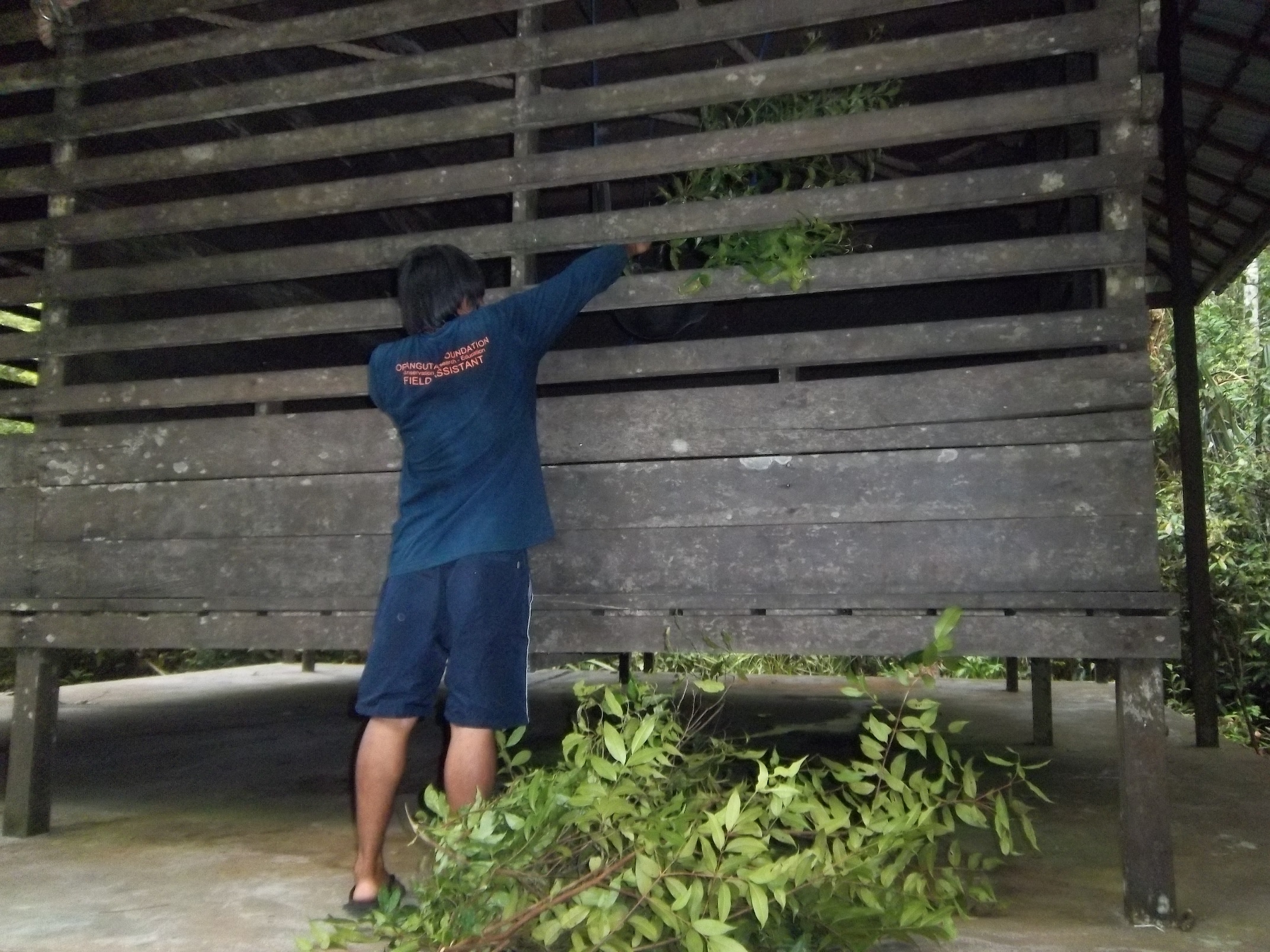 In the month of July, our staff have been working hard on fixing boats, and maintaining the camps and caring for seven young orangutans - and one sun bear!
In the month of July, our staff have been working hard on fixing boats, and maintaining the camps and caring for seven young orangutans - and one sun bear!
Two orangutans have been successfully trans-located via 'hard release', whilst seven others (Melan, Yuli & Ivan, Lisna, Jupe, Rocky and Muda - more news on them soon!) remain in the latter stages of 'soft release'. By the end of August, all these individuals will be released and soon back into the wilds of life by them selves.
Hard release and soft release are terms given to the different types of orangutan release. Hard releases are shorter, easier and are more ideal for individuals of a good age and in good health. A well grown, healthy orangutan needs removal from private land or farm, the Orangutan Foundation vet gives any medical check ups needed and the Foundation staff release the individual straight back into the wild usually with a day before going back into the forest.


Soft releases occur when the individual needs some time for adjustment within a protected and secure area. The individual may be very young without a mother, may have been injured, require medical attention or a course of medicine over some days. In these cases, individuals can stay in the most appropriate cage available at one of our six release sites. Through a process of observation, time outside the cage and regaining health where needed, these individuals are then released into the wild.
The Foundation Indonesian office gets contacted about all sorts of animals! In the past we have helped a clouded leopard and sun-bear individuals before, and in the July our team rescued a young bear from near Sampit, east of Lamandau. It needed a few days to be watched over and some help in the first few days to adjust, but very soon our staff will be releasing it into the forest, following it at first - just like how we ensure the orangutans are doing well!


The two orangutans relocated in July were able to go straight back in the wild - such important work towards sustaining the wild populations of orangutans that are still surviving in the wild. The Orangutan Foundation has been supporting the orangutan reintroduction programme in the protected Lamandau River Wildlife Reserve since 2000. It is one of the few places in Indonesia where translocated and rescued orangutans can be released in the wild. We can release in several locations in the Lamandau River Wildlife Reserve for a hard release, and we have six orangutan release camps in the reserve for soft releases.

As soon as we hear about Melan's, Rocky's, Ivan's and Muda's final trip out into the wild we'll let you know - it won't be long till these four are out and about. You can read Melan's story here, a brave female featured in our last newsletter. To receive our email updates, please do sign up here!
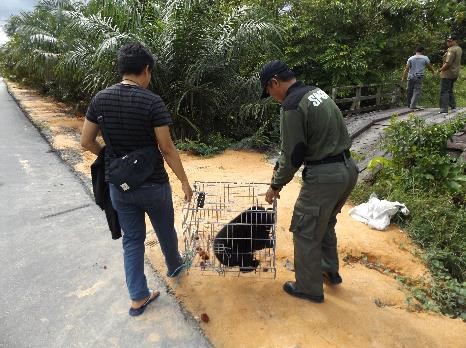
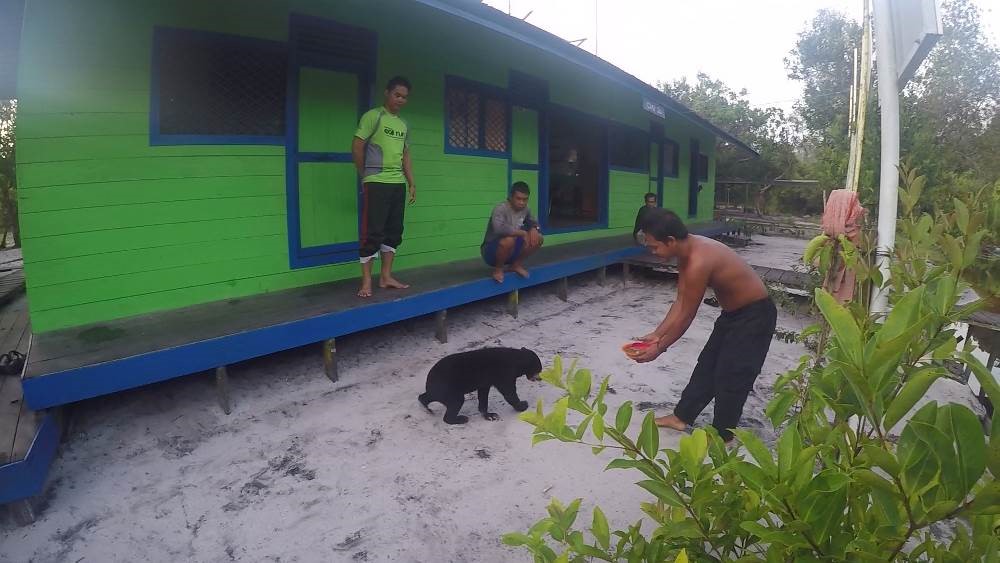
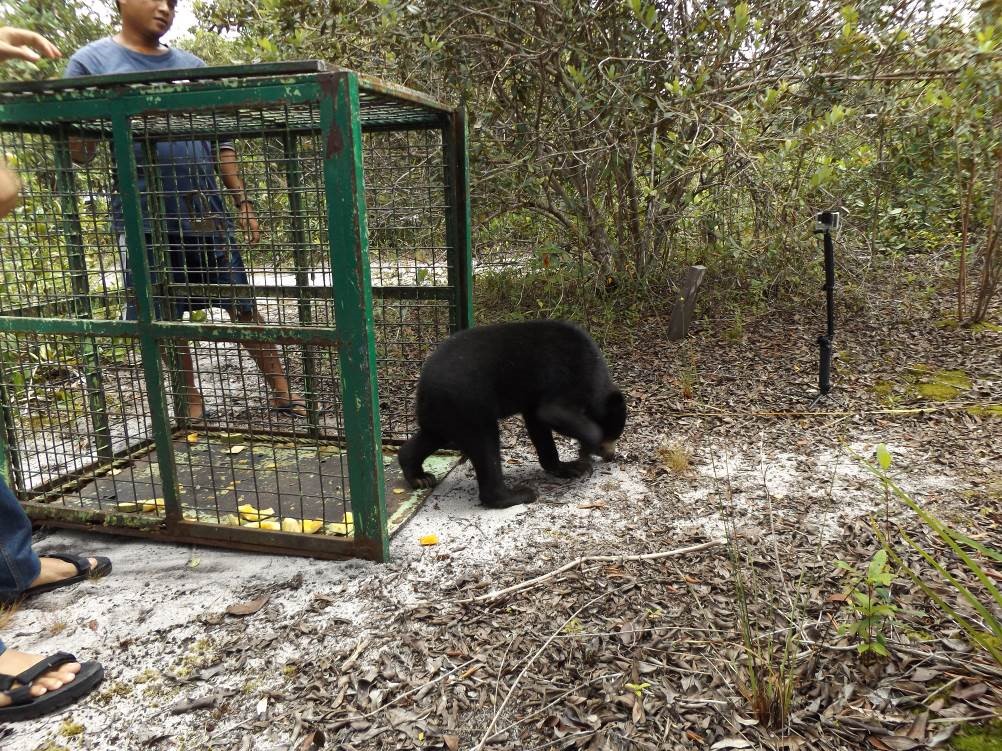
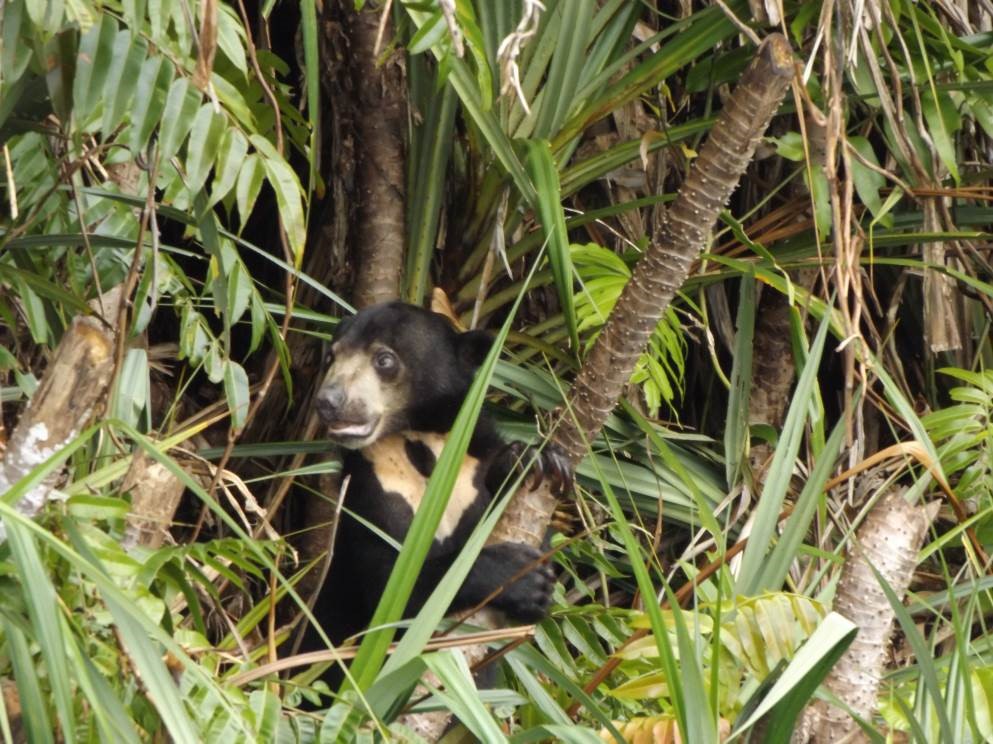


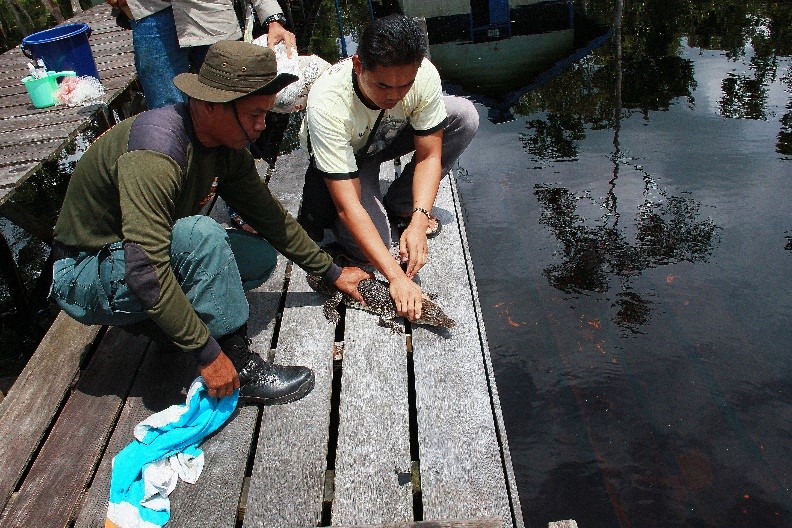
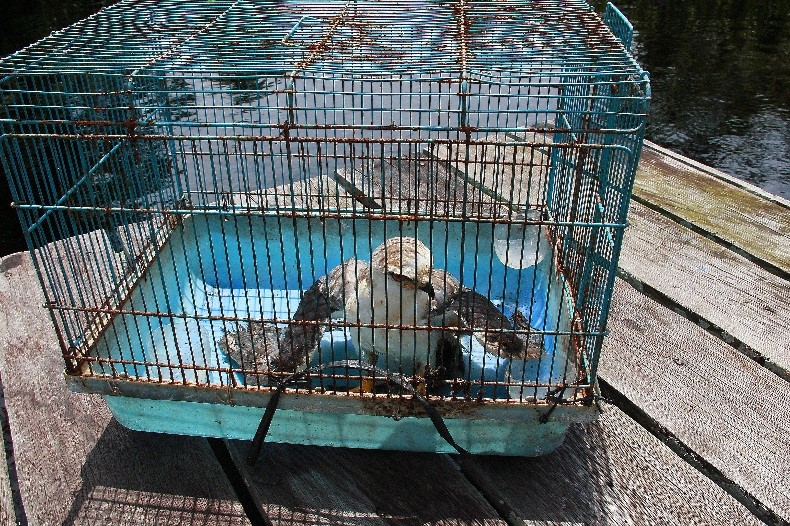
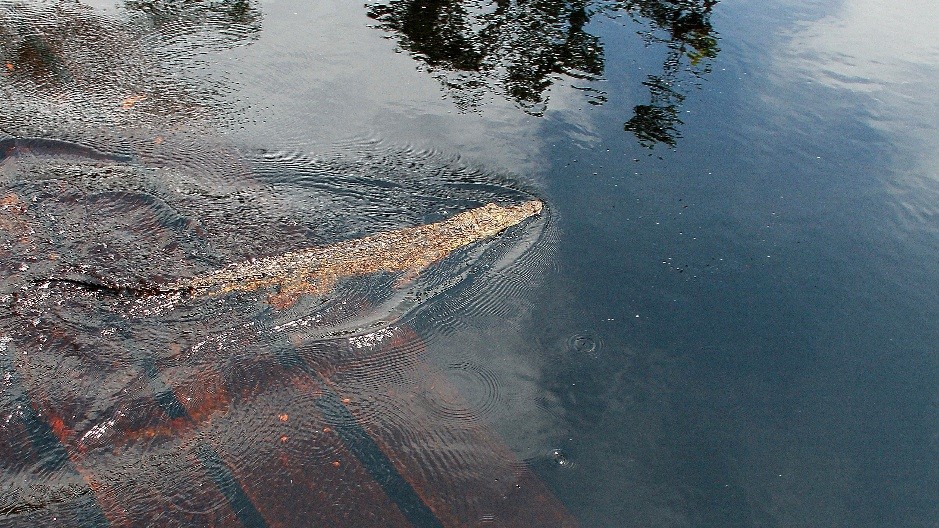
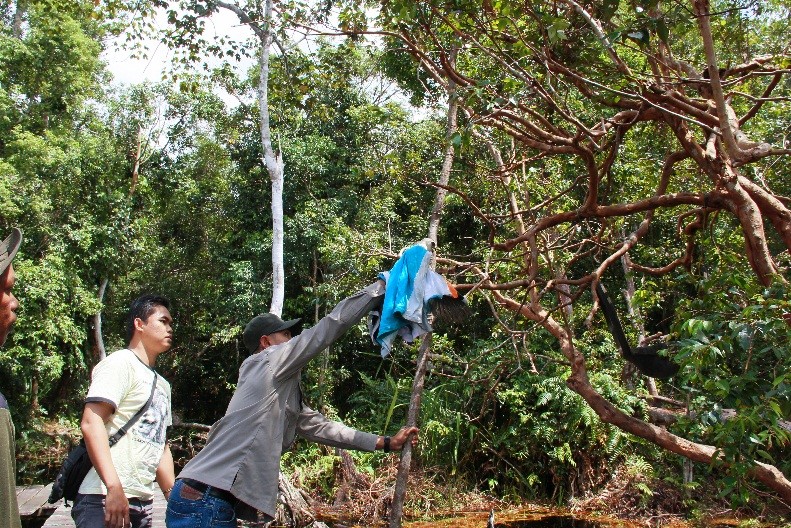
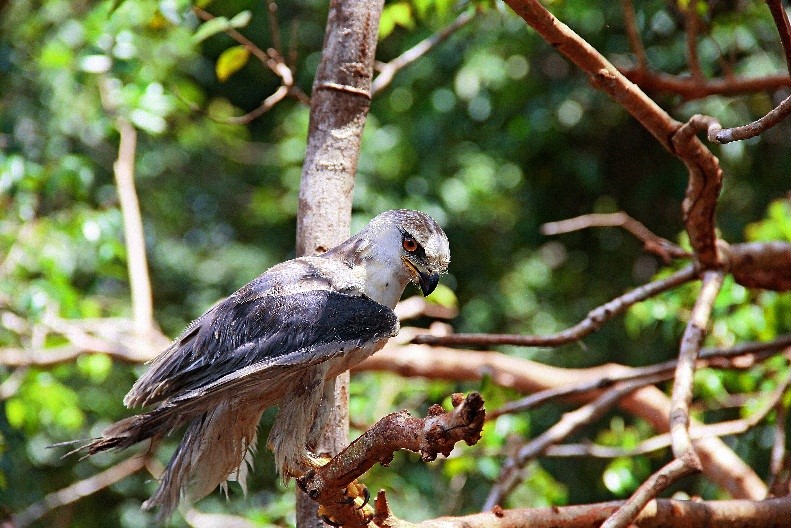
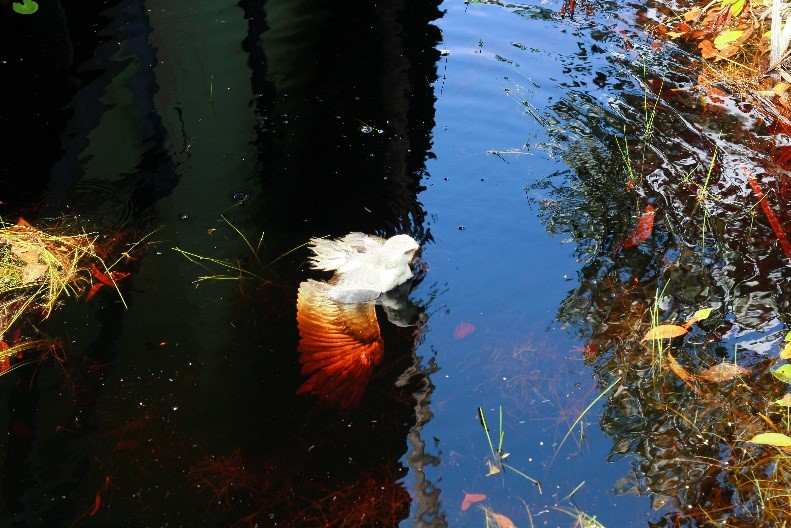
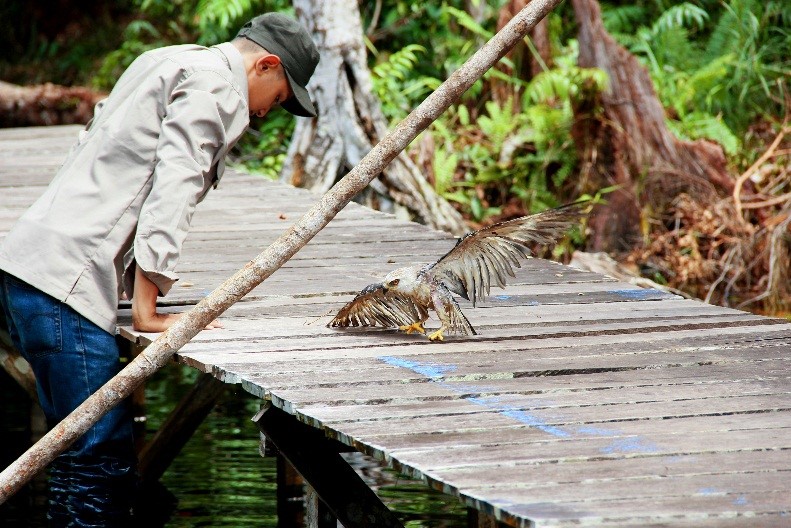
 6,000 wild Bornean orangutans live in the Belantikan region. The largest population outside of a protected area. Orangutan Foundation actively engages key stakeholders to conserve this critical tropical forest ecosystem.
6,000 wild Bornean orangutans live in the Belantikan region. The largest population outside of a protected area. Orangutan Foundation actively engages key stakeholders to conserve this critical tropical forest ecosystem.
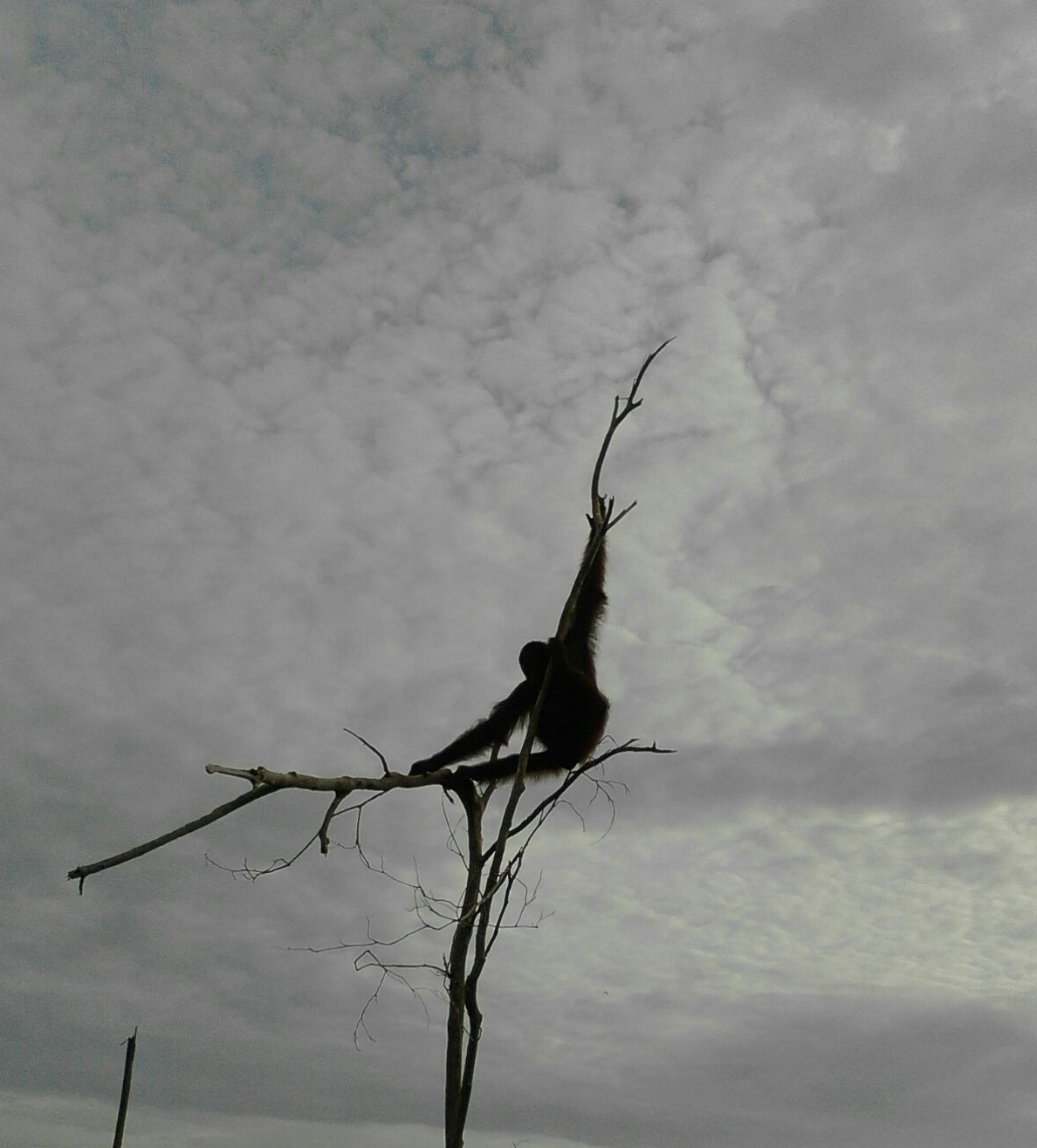
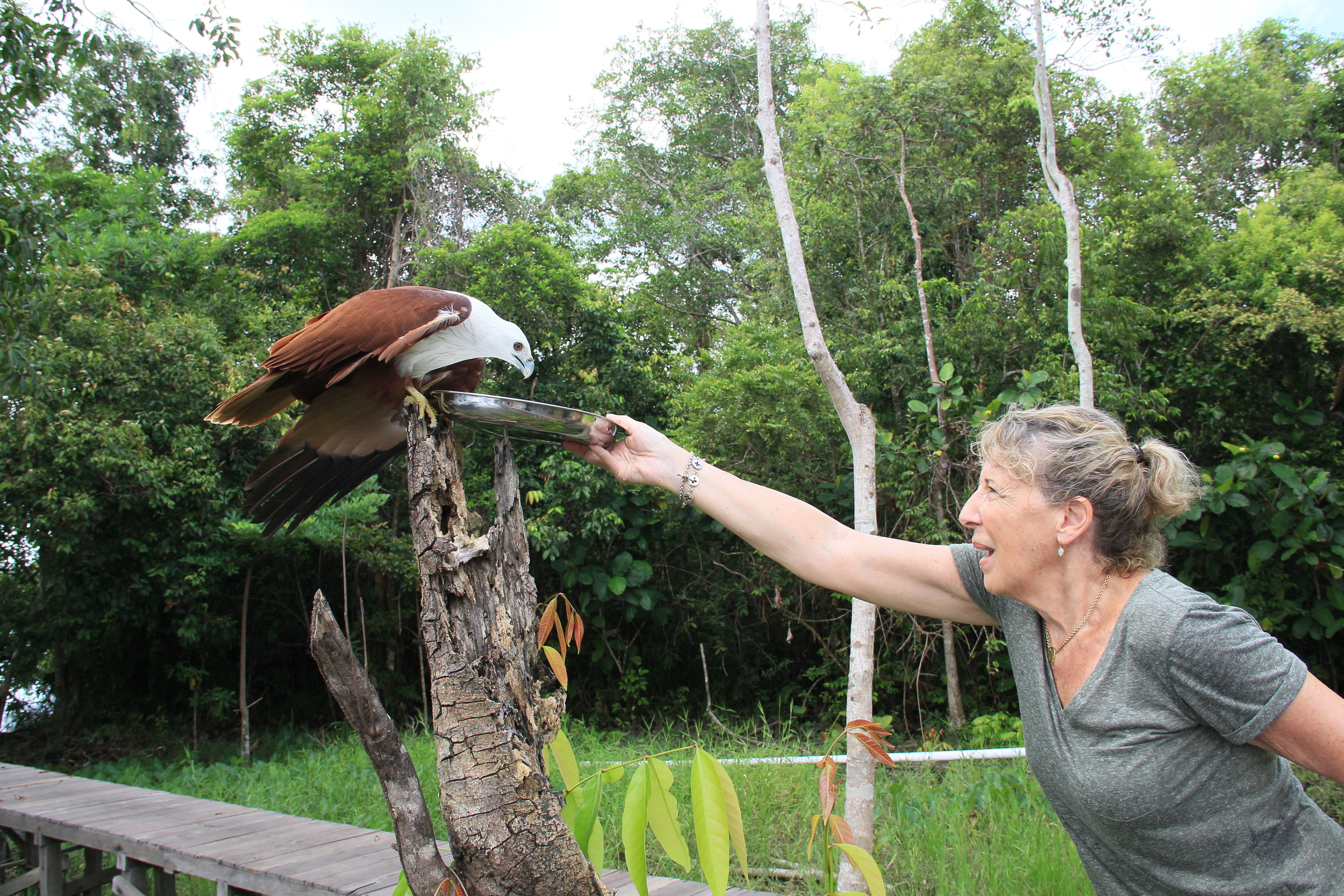

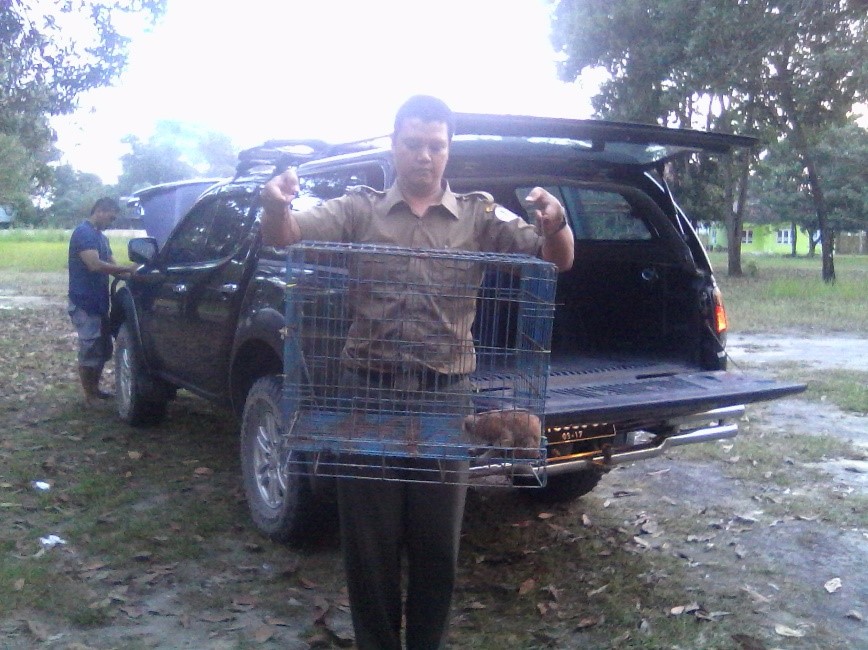
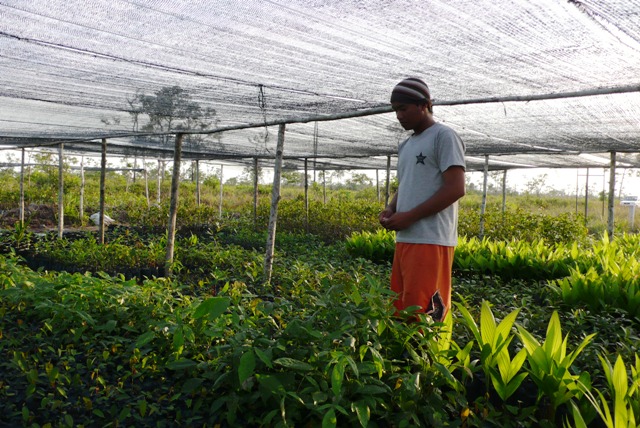
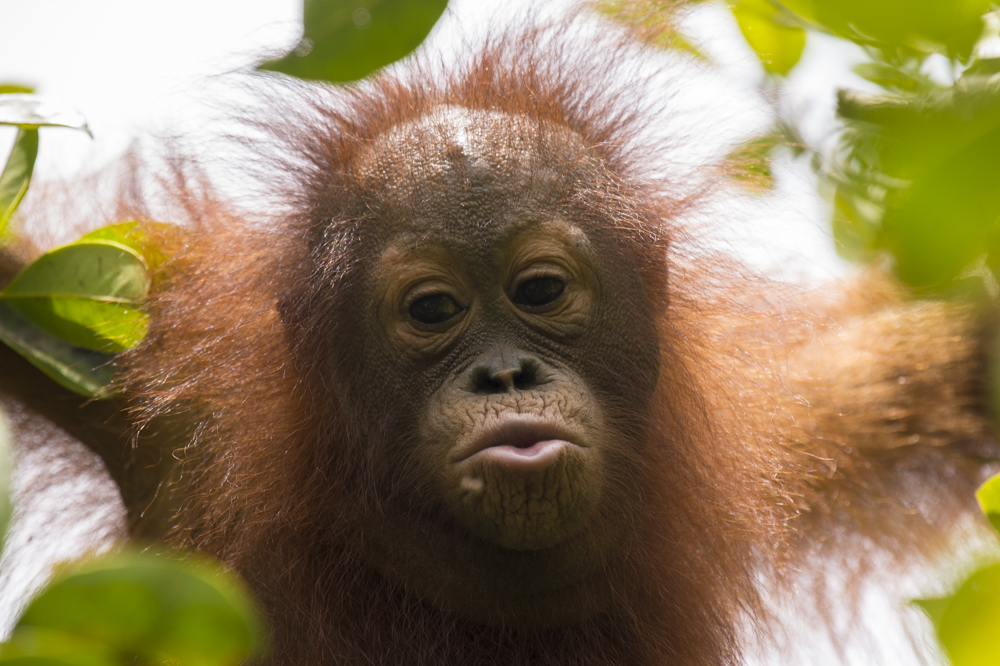
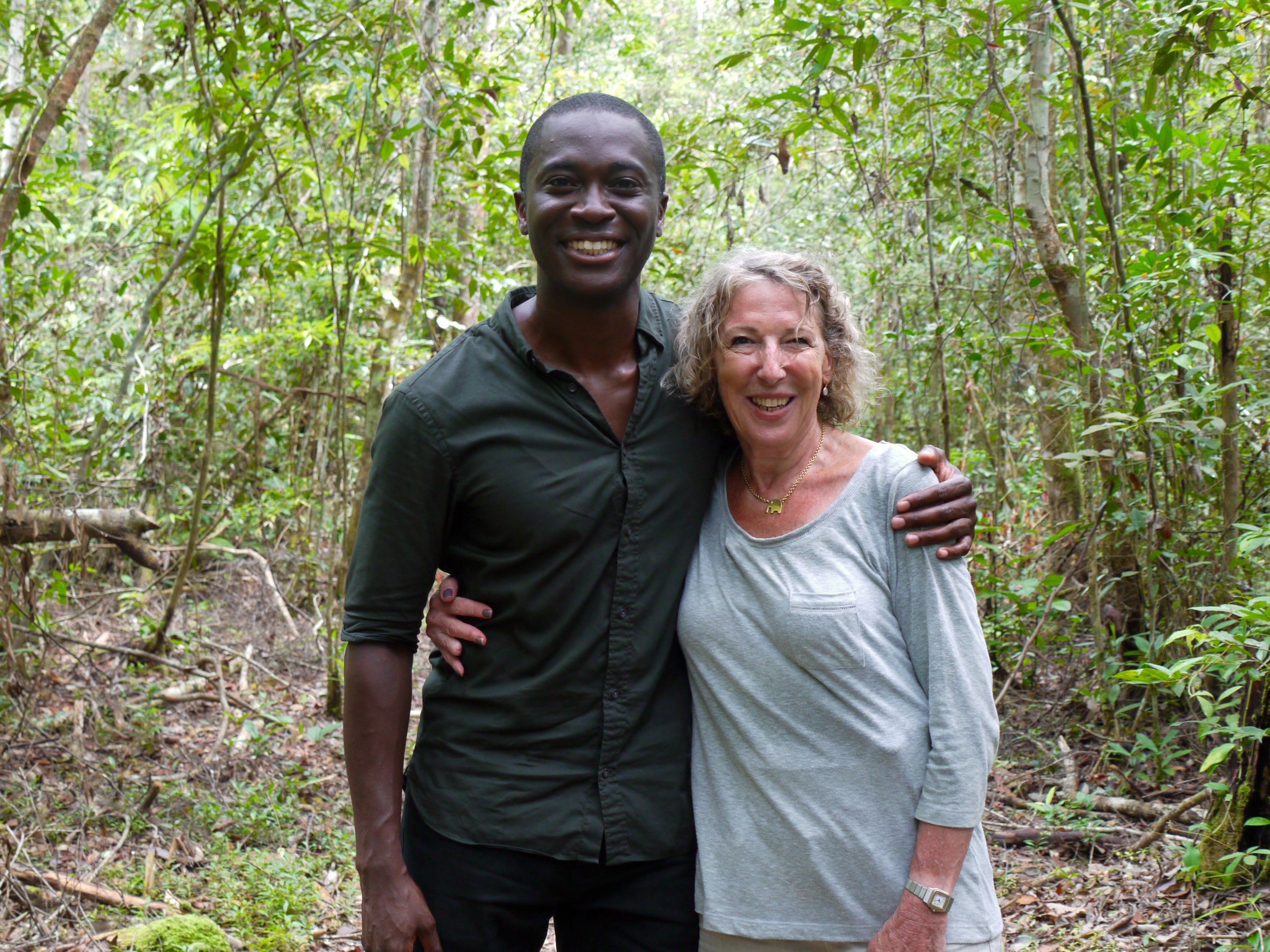
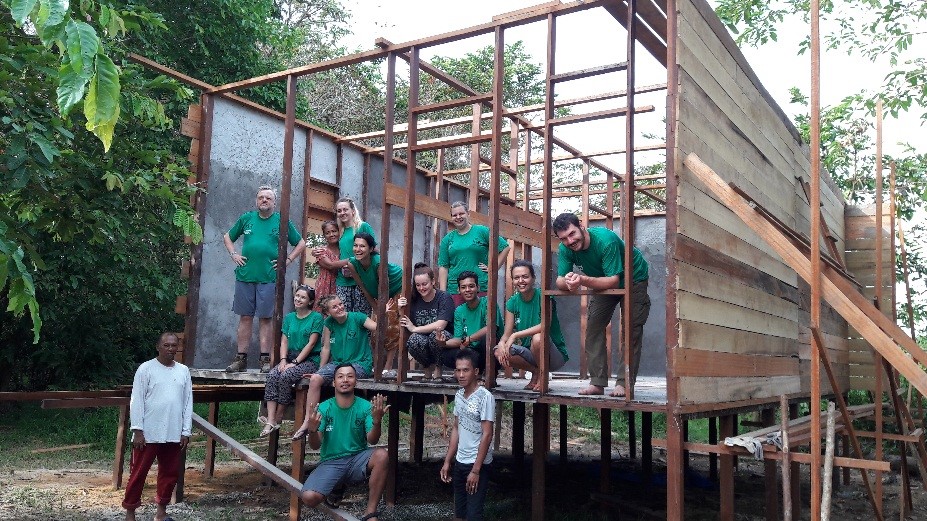
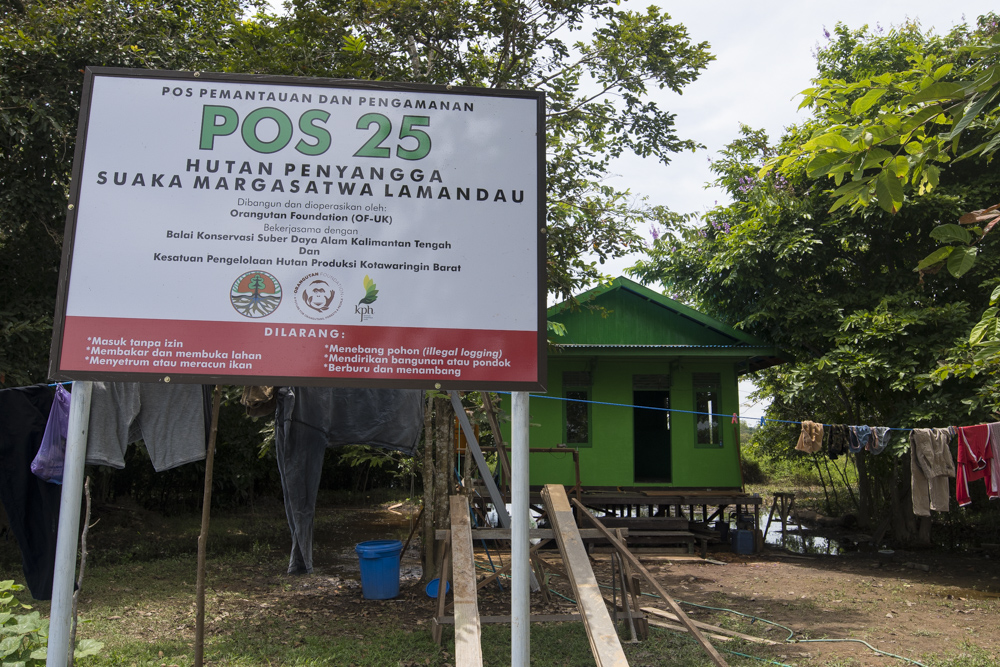
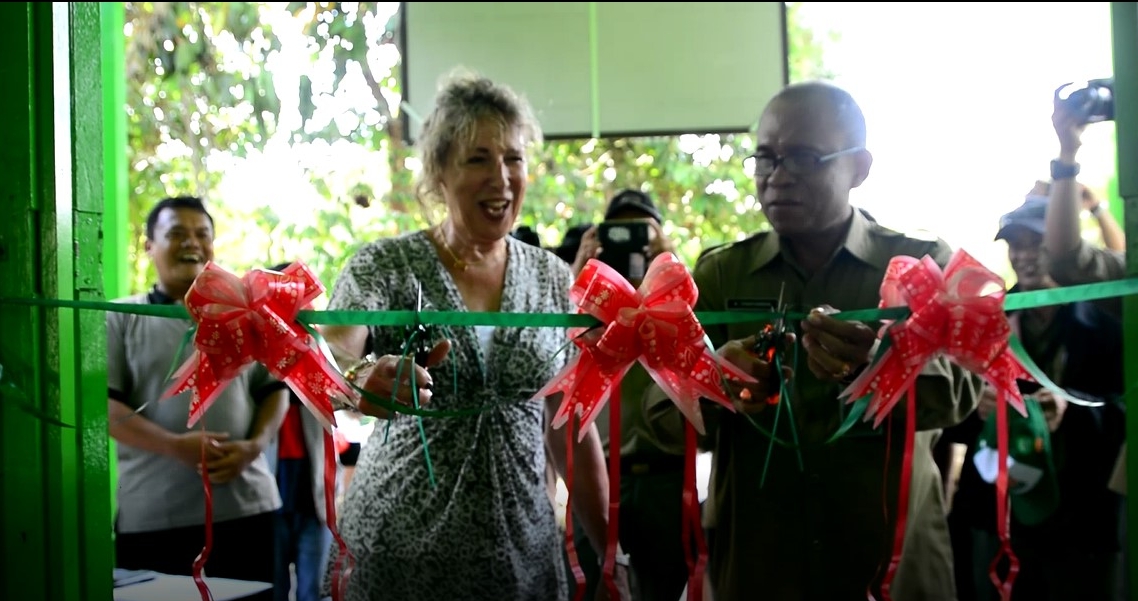
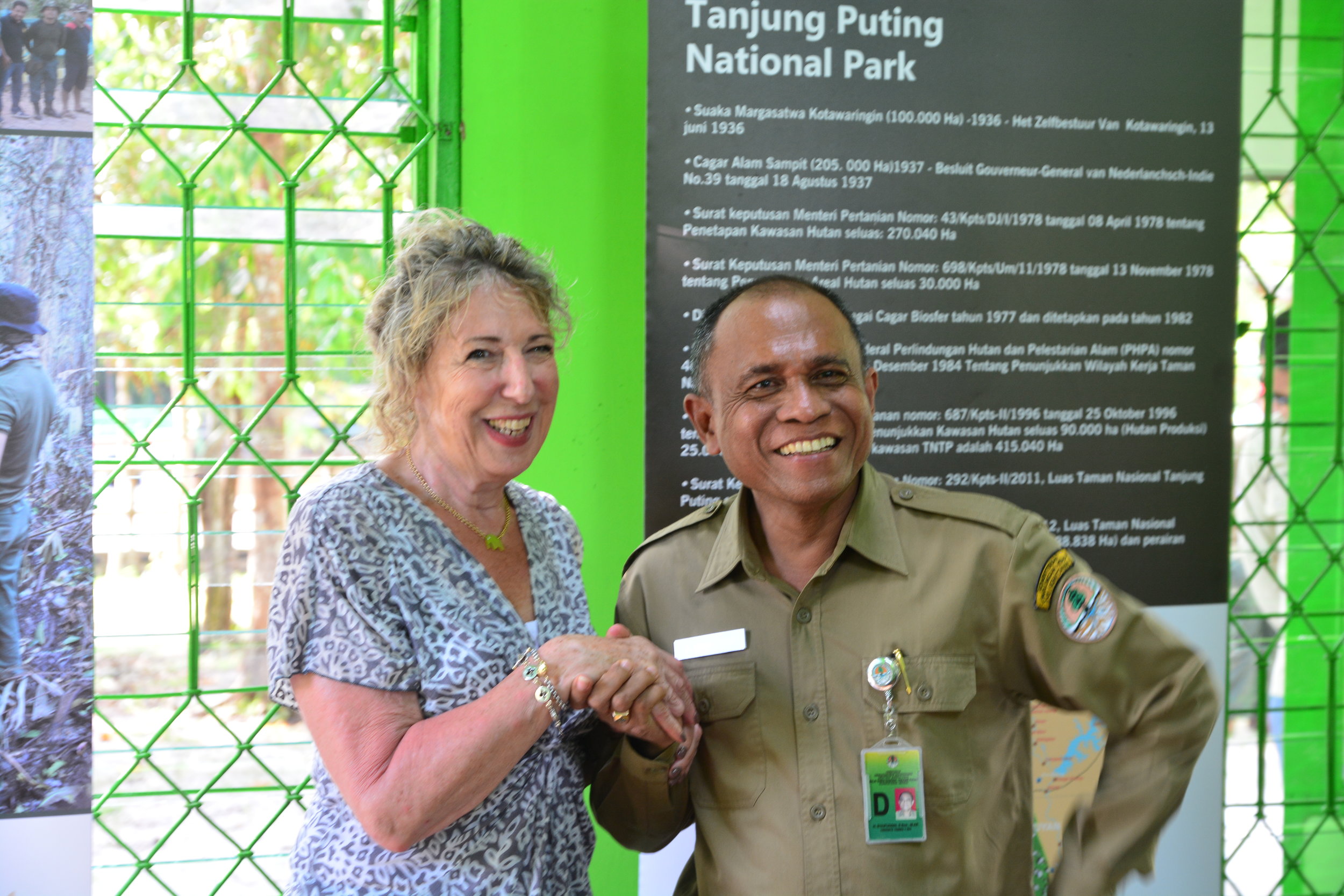


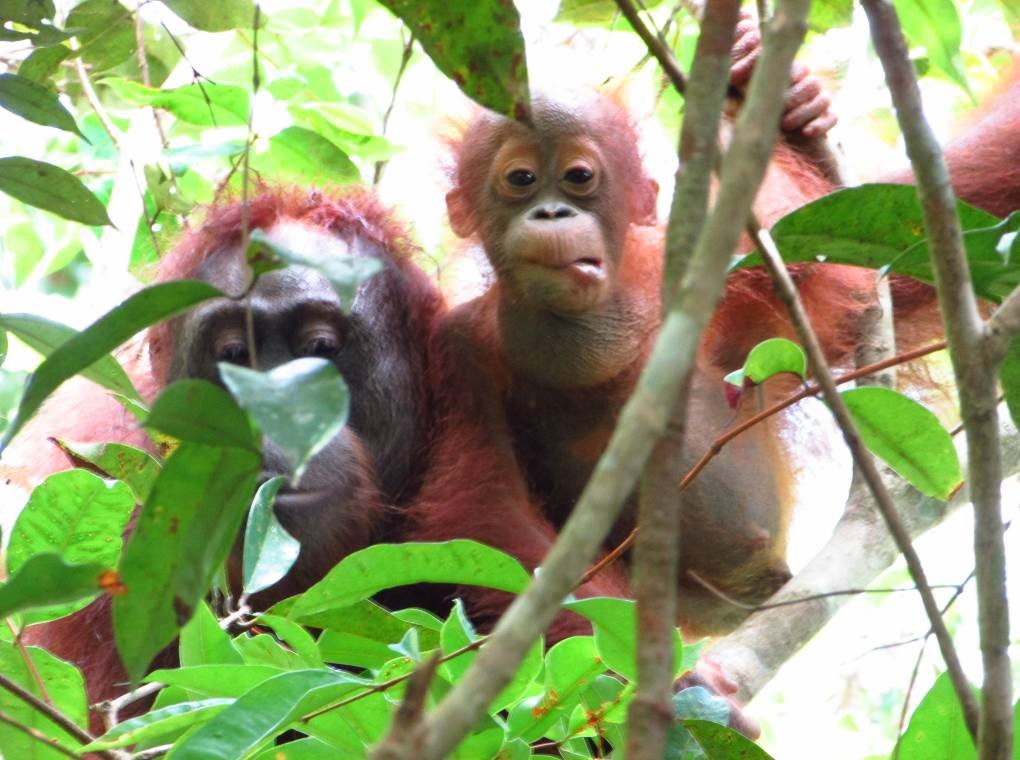

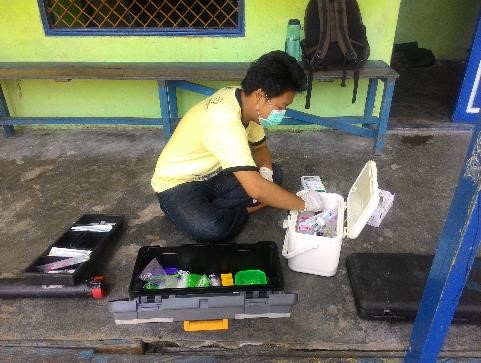

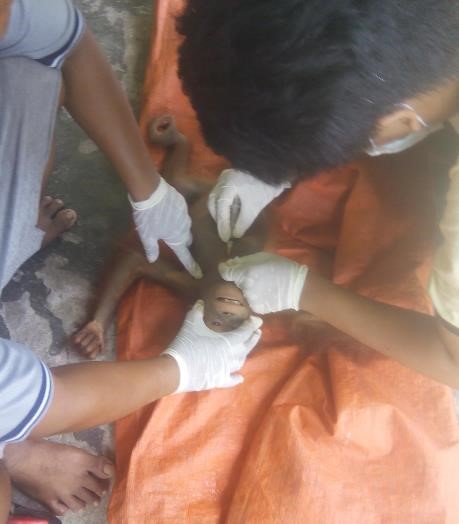






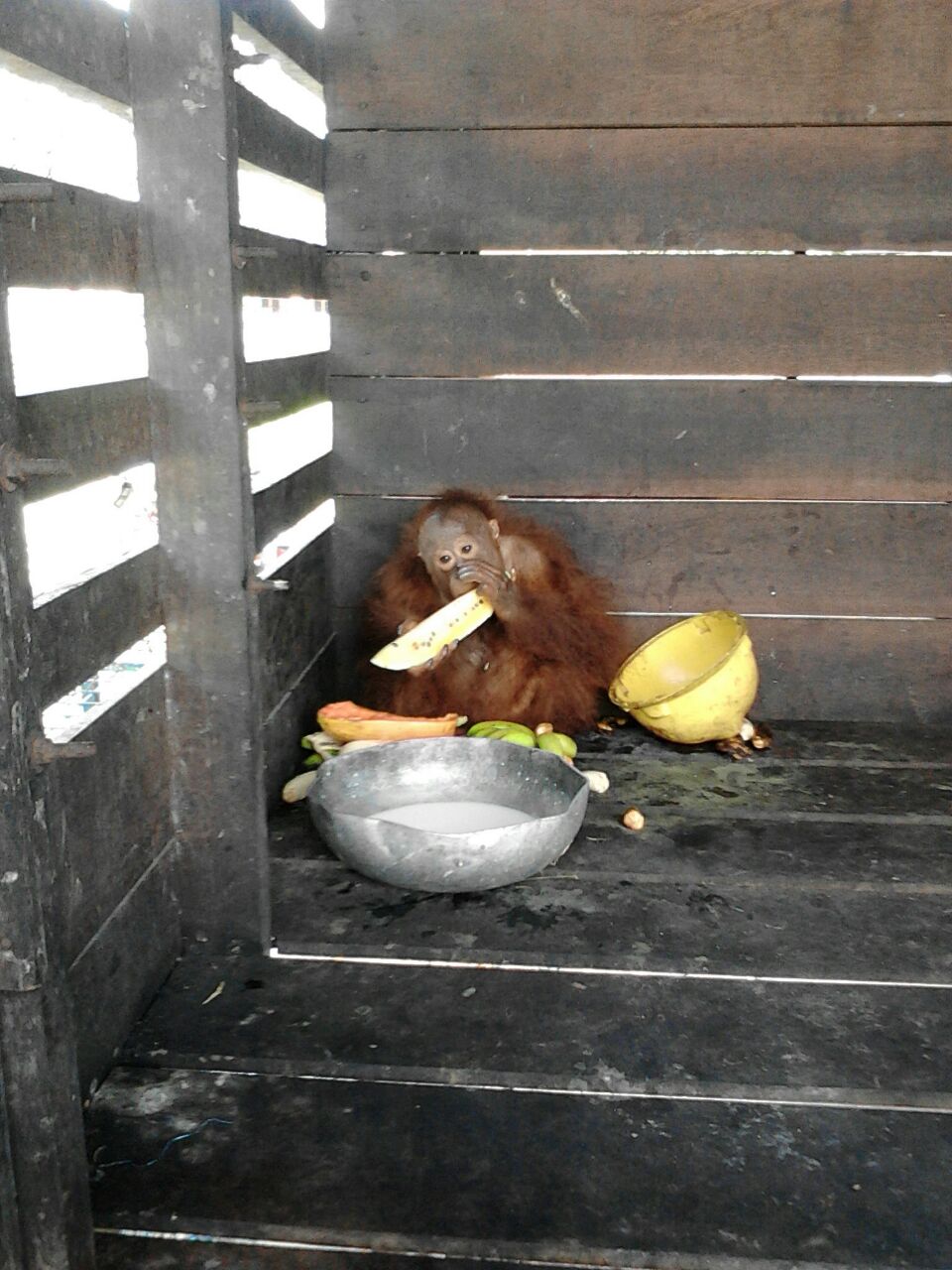

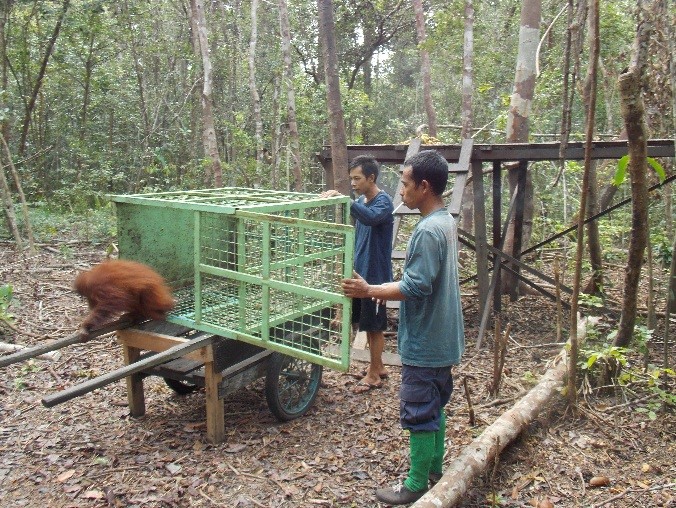


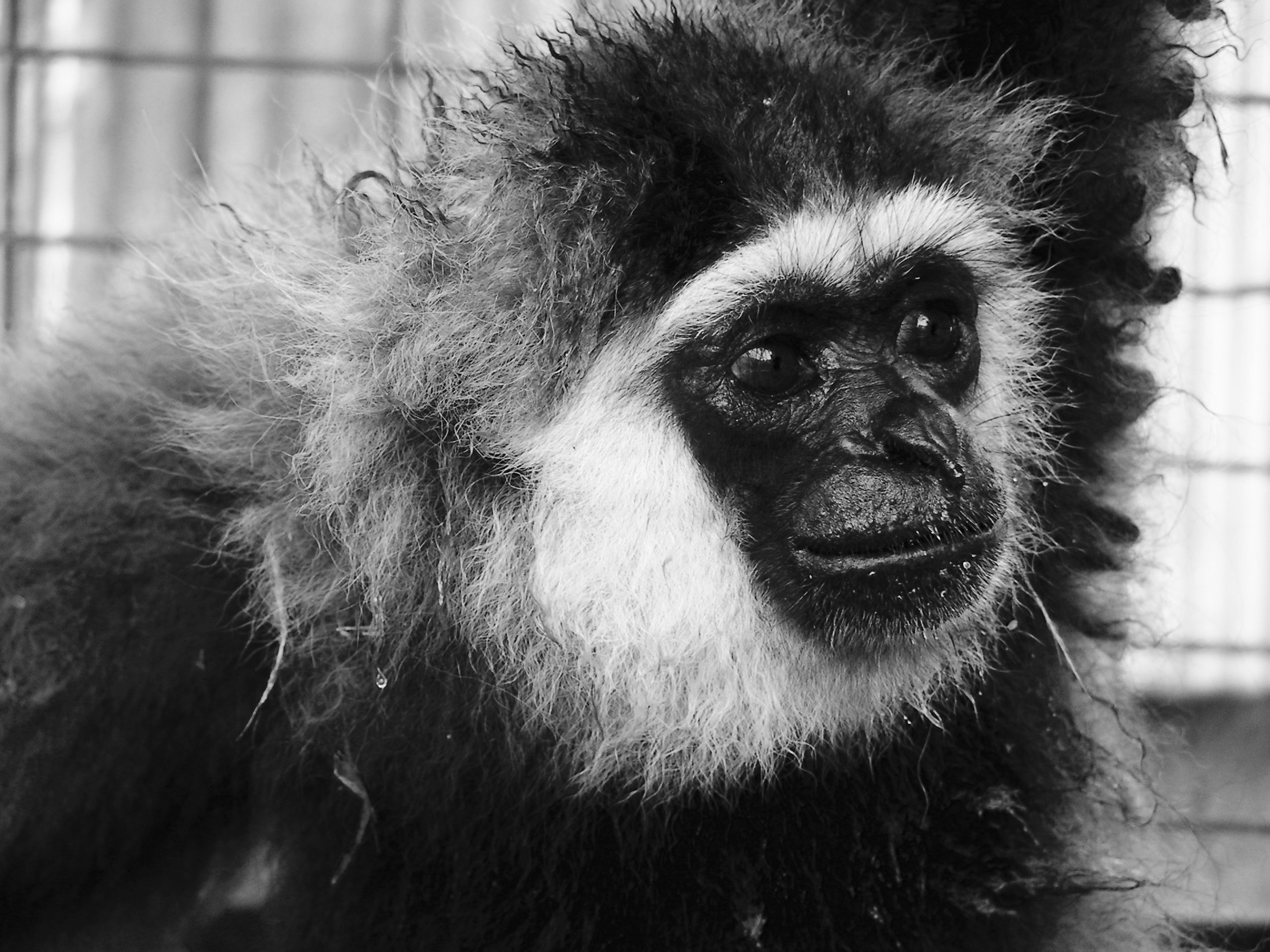

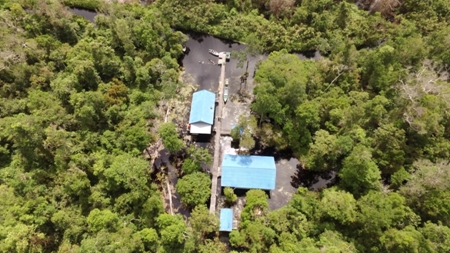





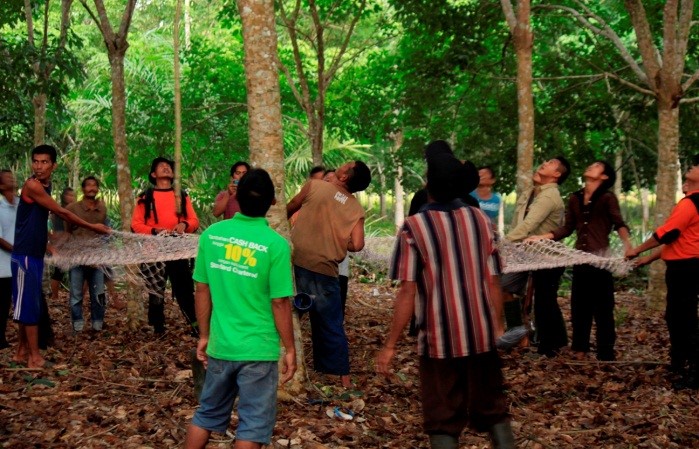

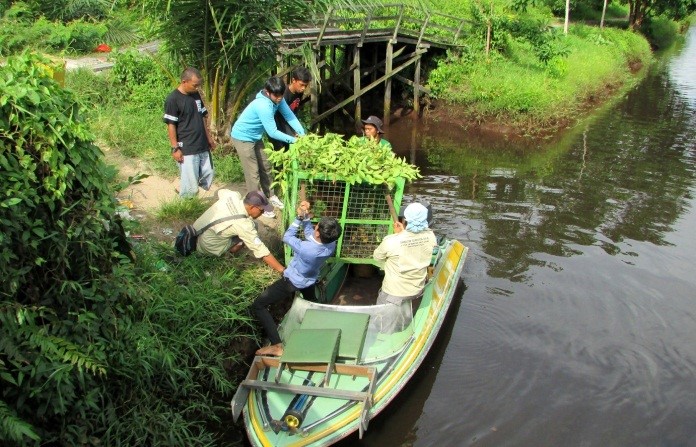
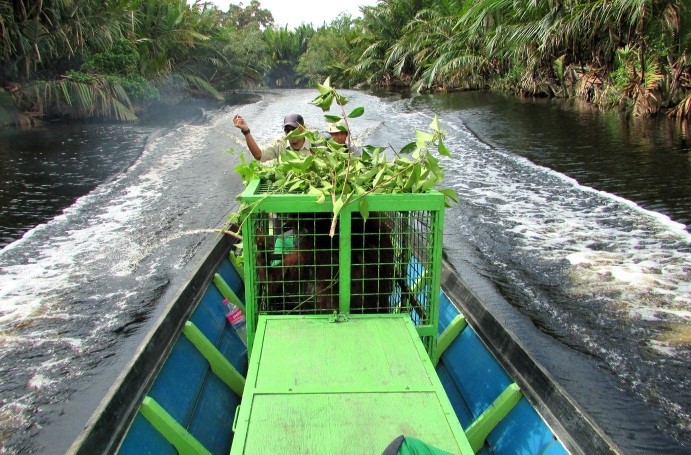


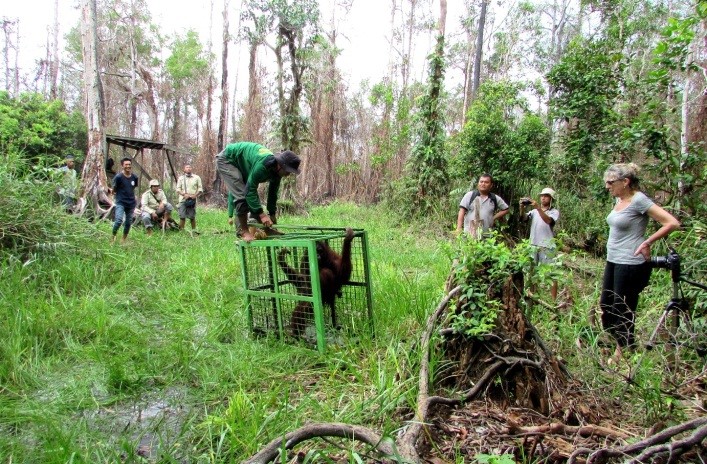
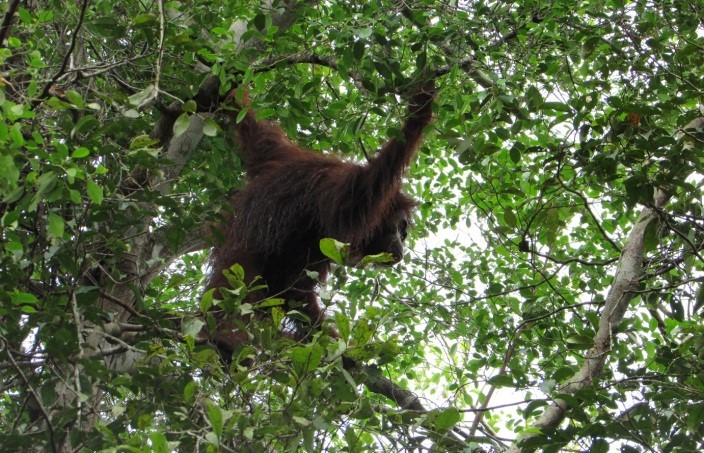
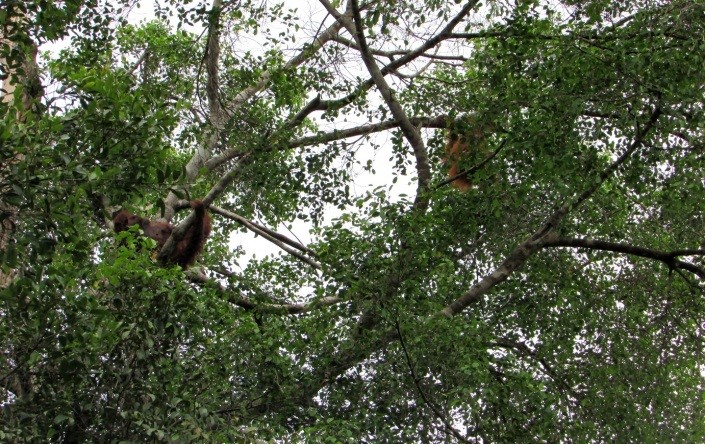

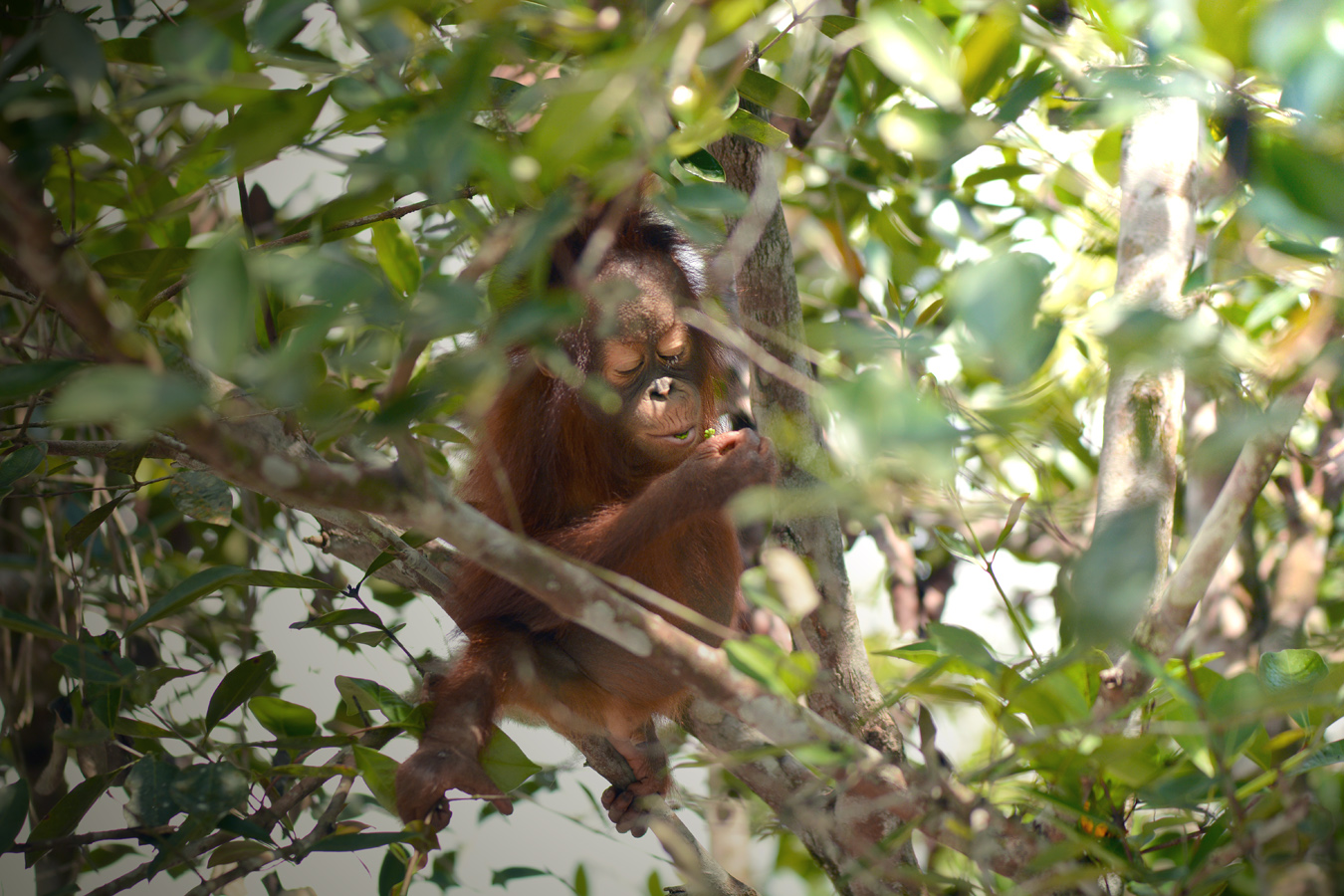

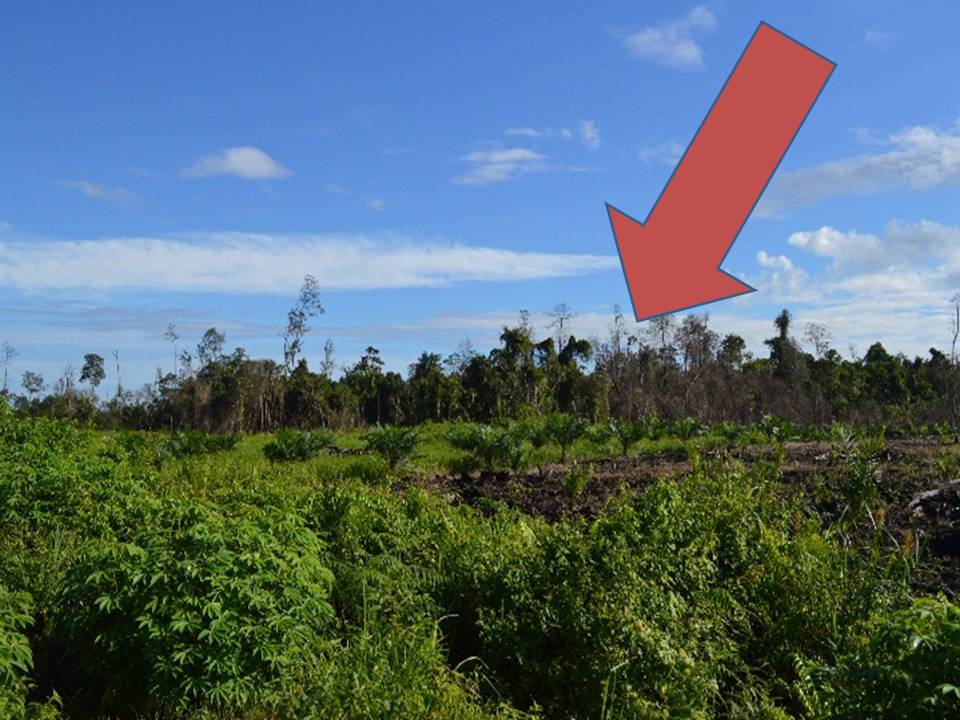
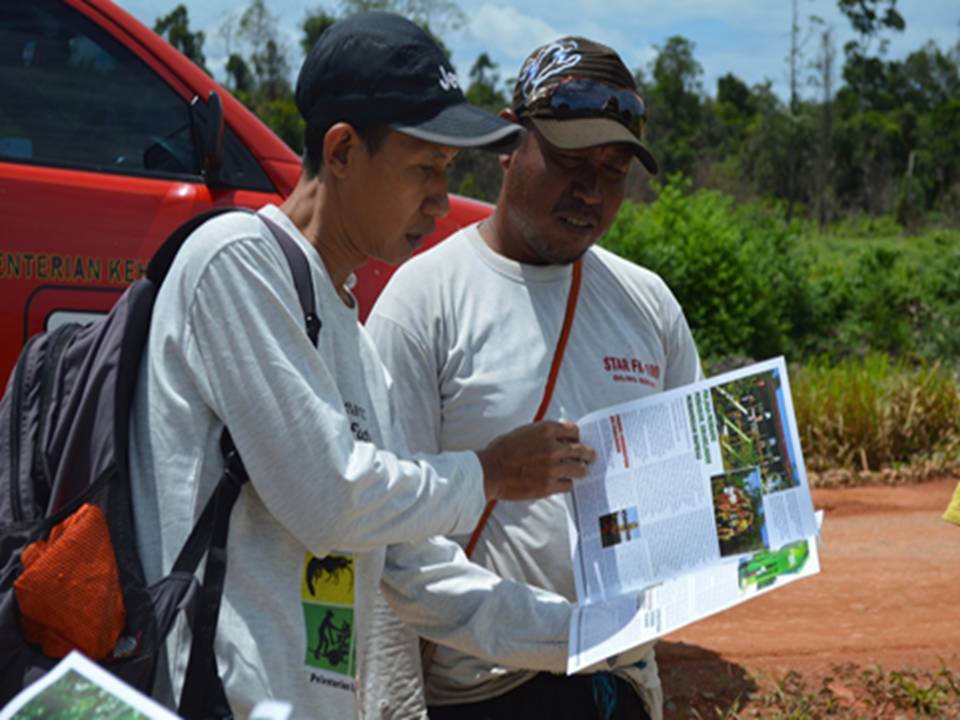

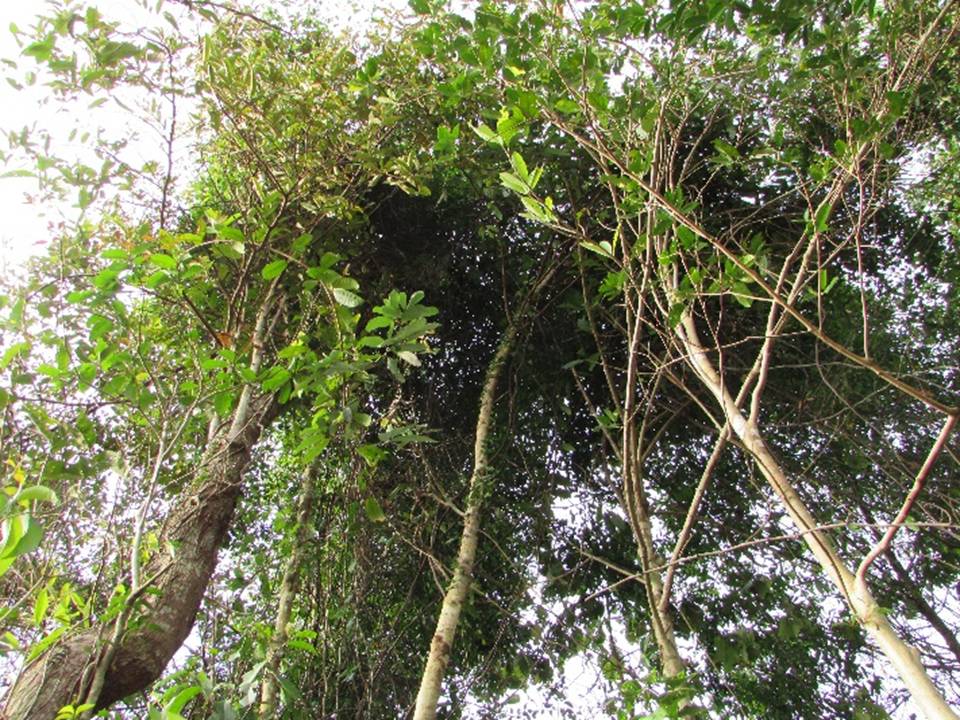
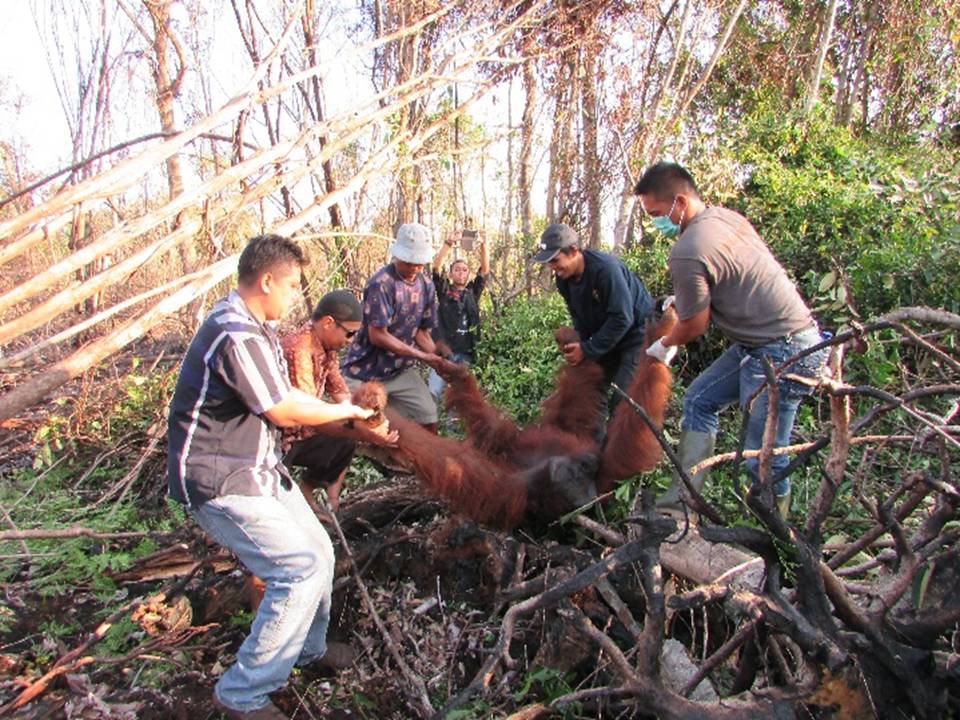


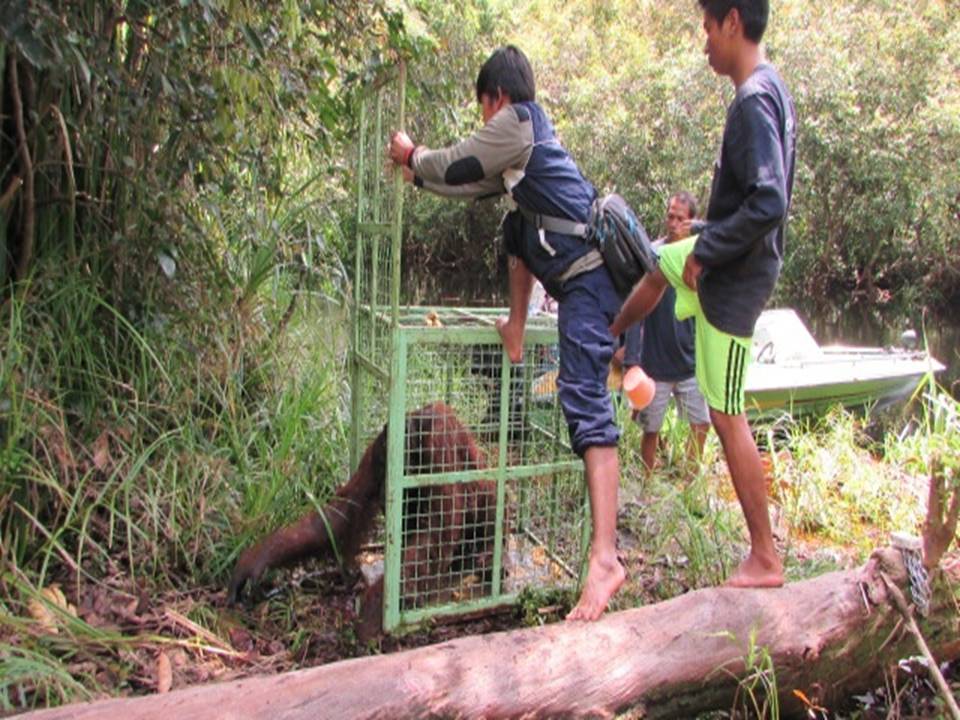



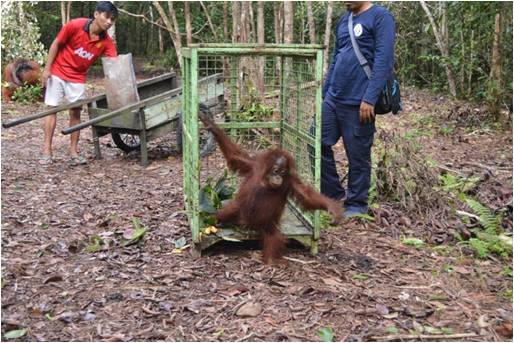
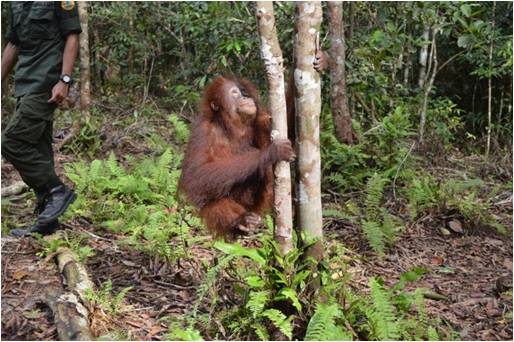
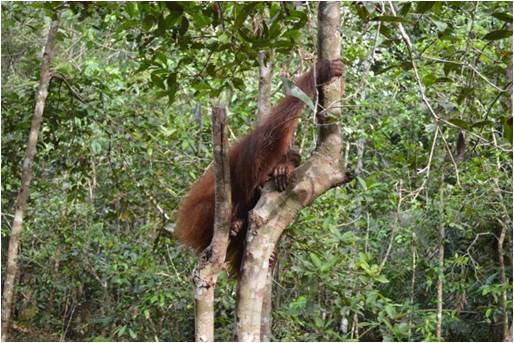




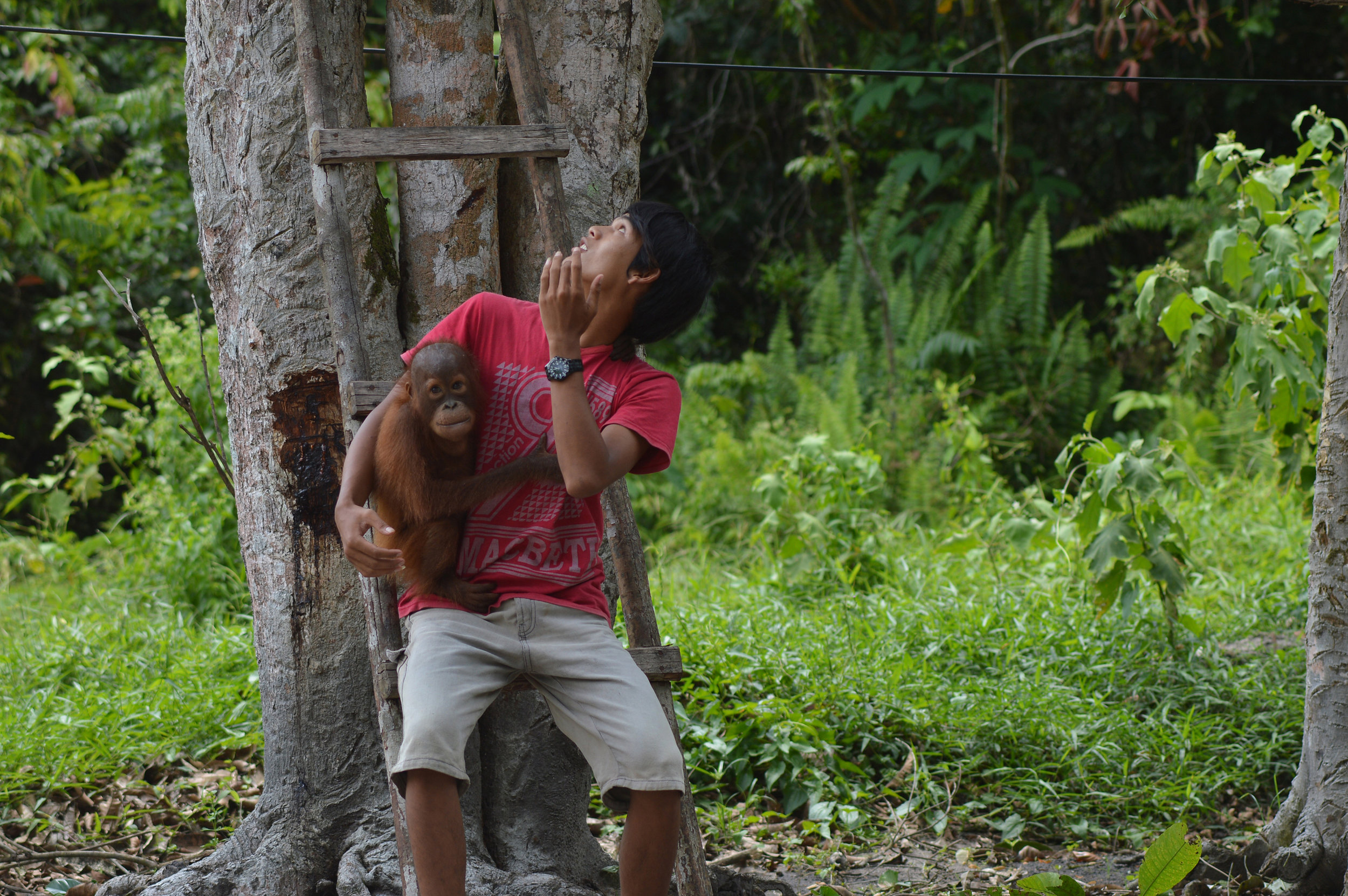


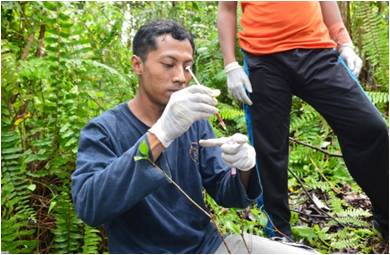
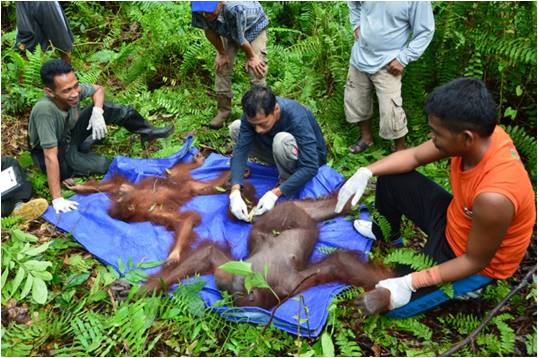
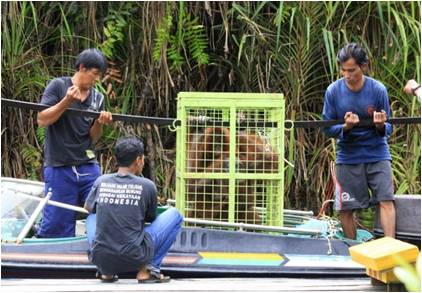

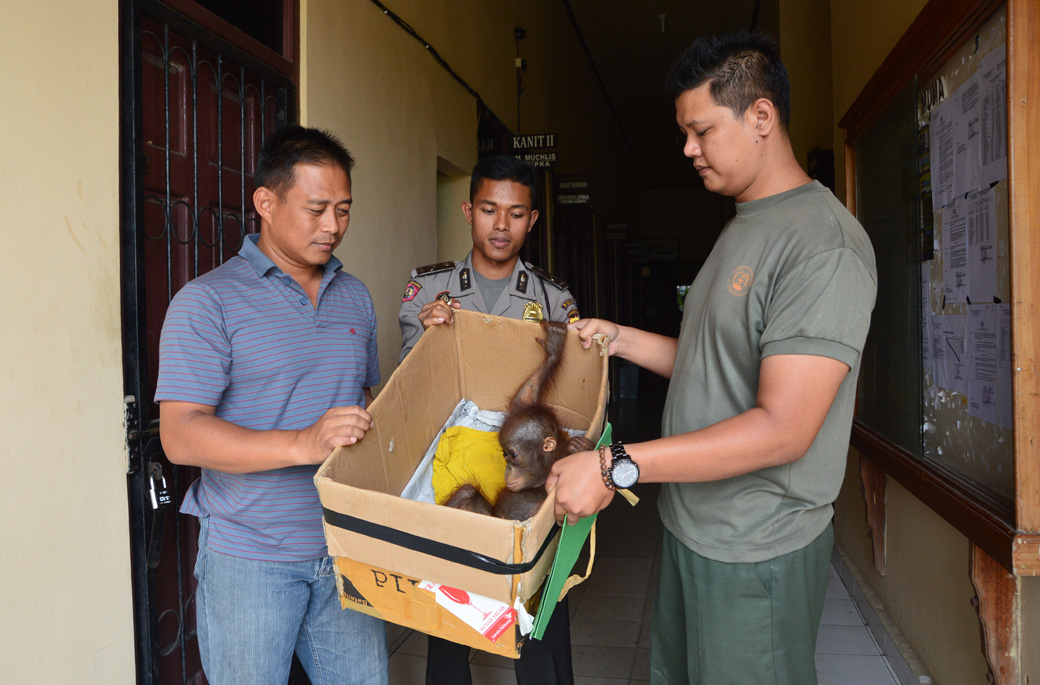
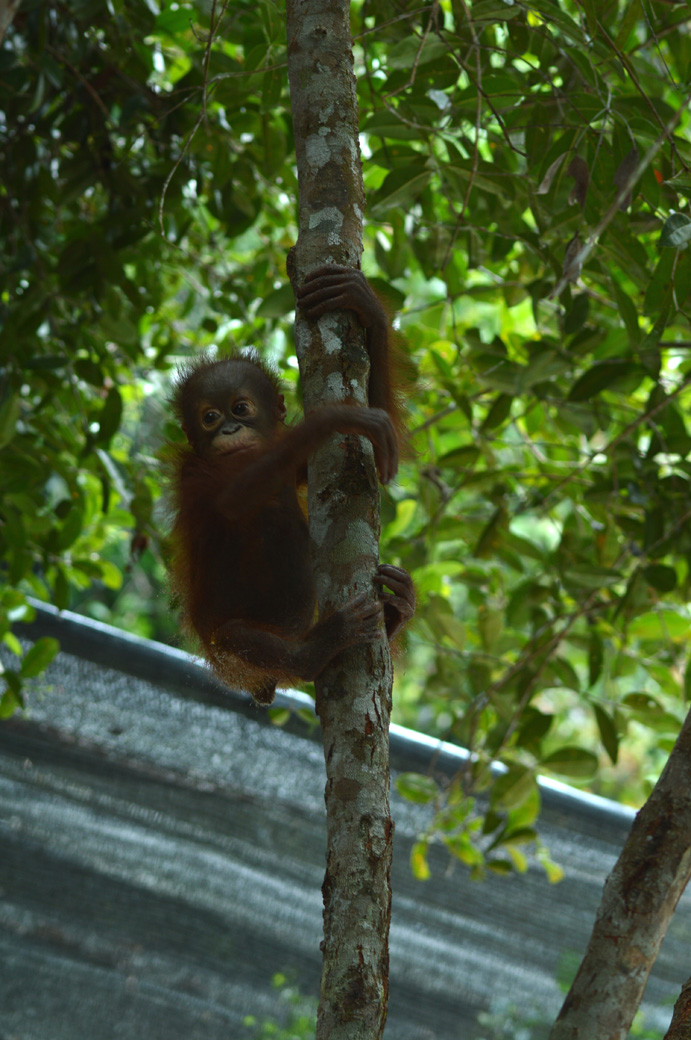
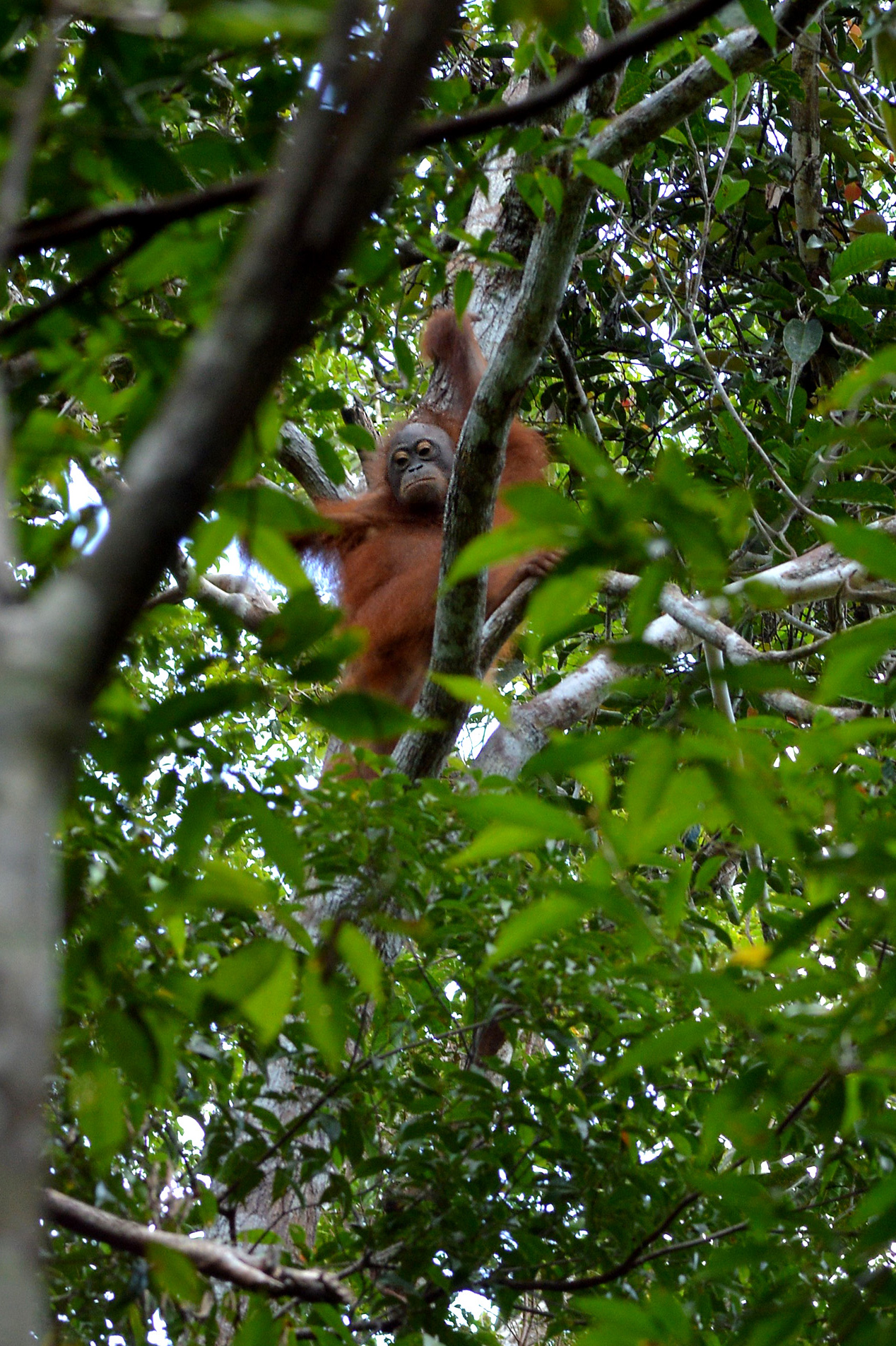 Melan was the orangutan who we rescued back in April, who had the head wound that required our vet to stitch the skin back together over the top of the head - a tricky job! This is the sort of wound that any individual would almost certainly die from if left untreated.
Melan was the orangutan who we rescued back in April, who had the head wound that required our vet to stitch the skin back together over the top of the head - a tricky job! This is the sort of wound that any individual would almost certainly die from if left untreated.